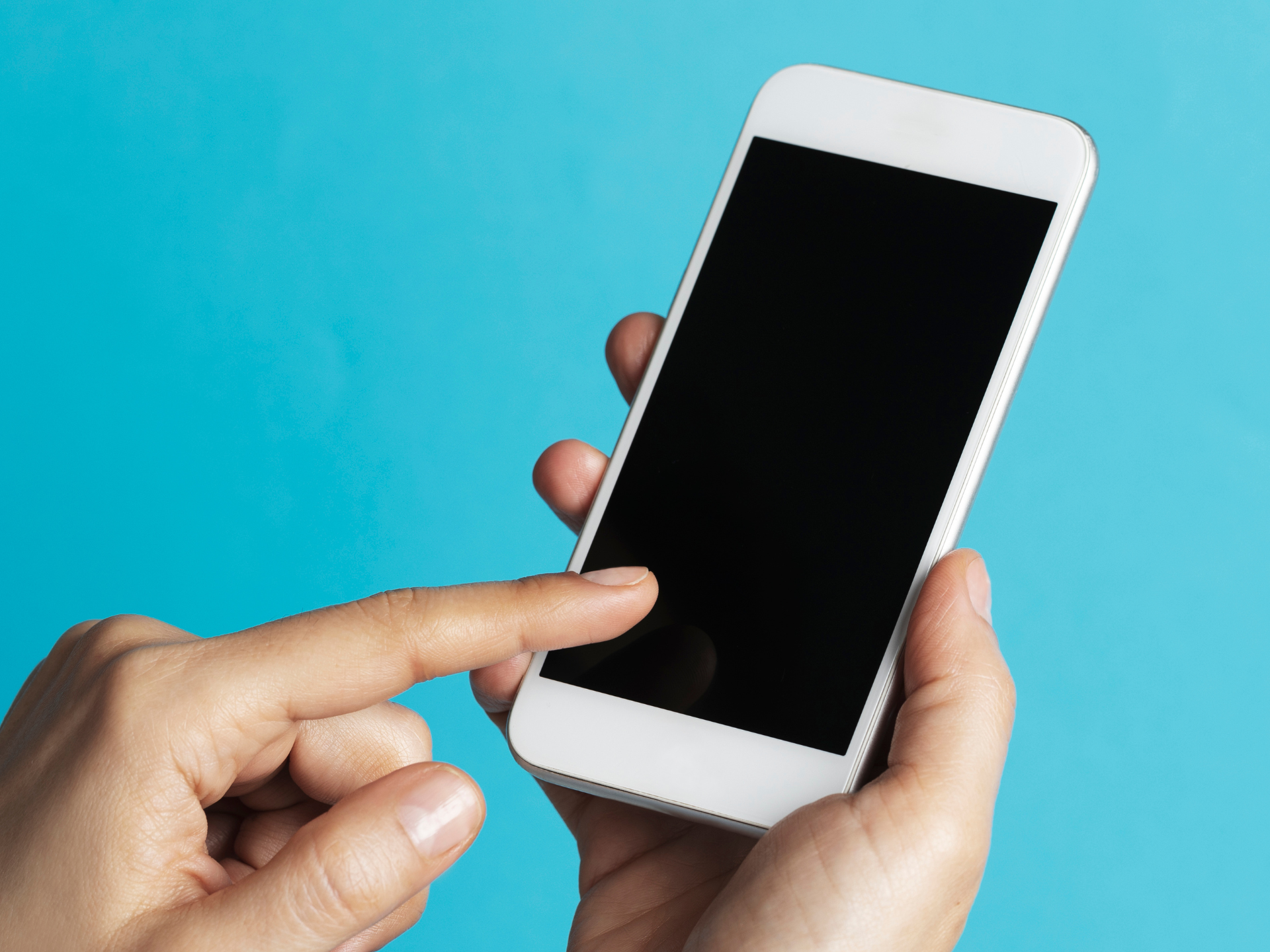Cell phones have offered vibration feedback for decades. Smartphones introduced pressure-sensitive technologies to help take the immersive feeling to the next level. However, the latter was shortly retired in favor of software-based solutions and larger vibrator motors to help reduce the thickness of devices, and cram even more technology inside. Apple’s pressure-sensitive display is perhaps the best-known example, as seen on the iPhone 6S, which allowed users to interact with UI elements with a stronger-than-normal press.
Now, researchers in the Future Interfaces Group at Carnegie Mellon (via MacRumors and TechCrunch) showcased a breakthrough in display technology that could change the way we use our devices, although it’s worth noting that the technology is more like a concept than an actual product at this stage.
The research group showcased a new display technology that could offer tactile feedback through a small hydraulic pump. In theory, the concept could allow users to feel the physical bumps under their fingers, allowing for a more immersive, and interactive way to press buttons, dismiss notifications, and type on the keyboard.
You can see the actual demo of the notification and keyboard at around 3:37 on the video linked below. You can also check out the research paper here.
As demonstrated in the video, the hardware is self-contained and relatively thin at just 5mm. The researchers developed a flat panel that uses miniaturized hydraulic pumps that can raise the panel’s surface. Each pump can be controlled individually “like pixels on a screen”, and activated separately in any area. The technology can update quickly and withstand the force of human interaction. It’s also controlled by only a pair of electrical cables.
What are the practical uses cases for this technology?
Smartphones, tablets, computers, and wearables
As demonstrated in the video, the technology could be used for UI elements, such as buttons, on-screen keyboard, notifications, music players, and many more. The added physical feedback could allow users to feel raised display bumps and interact with elements in a non-2D way, offering a more immersive feel. There are other practical use cases where it could be useful, and there’s a chance it could also benefit those visually impaired.
It’s also possible that such technology could make its way into games, allowing developers to offer more user-friendly tutorials and game mechanics. Certain objects and elements could be highlighted by a slight bump, allowing the user to interact with them in a more immersive way. It’s also possible that a pressured system could be integrated, allowing users to press the bump more firmly, for instance, to control the gas pedal is racing and simulation games, or the trigger in shooting games. The possibility is practically endless, and these are just a few examples we could potentially see in the future.
Electric Vehicles
If you’ve ever sat in an electric vehicle, or watched a review, you know how absurd they’ve become. While the idea of a touch screen-operated dashboard and entertainment sounds good in paper, it can be distracting as the physical buttons are now completely gone from most modern vehicles. Due to the lack of physical switches and buttons, drivers have to take their eyes off the road and search for the software button. Needless to say, this isn’t entirely safe, even with all of the modern equipment and safety systems in place.
This new technology could allow car manufacturers to raise the bumps on the surface of the screen, enabling the driver to feel the button, without taking their eyes off the road. This tech has a real practical use case for EVs, and it’s one of the first places I could imagine seeing them appear.
That said, it’s questionable how this hydraulic haptic system could be implemented on glass-covered surfaces. As it stands, it’s almost certain that another material would have to be developed and used to take advantage of these features, and plastic displays aren’t the way moving forward as they’re too fragile.
Help the visually impaired
As mentioned above, this technology could help those with visual disabilities to help touch and feel 2D software elements in real life. Since the research also notes that each pump can be individually controlled “like pixels on a screen”, it’s also possible that braille text could become possible and readable, making technology more accessible for everyone.
Check out some of the best phones you can buy in 2023


